Winning tip: Bare trees and dark history, near Glasgow
My favourite winter landscape is the woodland at Mugdock country park north of Glasgow. I’d recommend April to see the bluebells lit up by the sun and autumn to see red deer tiptoeing through the thicket. But winter is the time to see the trees – their gnarled, twisted, moss-covered branches reaching out in every direction to grab at you. Even on a clear December day there’s a darkness. Battles were fought here between the Picts and the Britons, and witches were drowned in the lake. It may sound like fantasy film but step off the path into the trees and it’s not hard to imagine.
Marie
Mare Way magic, Cambridgeshire
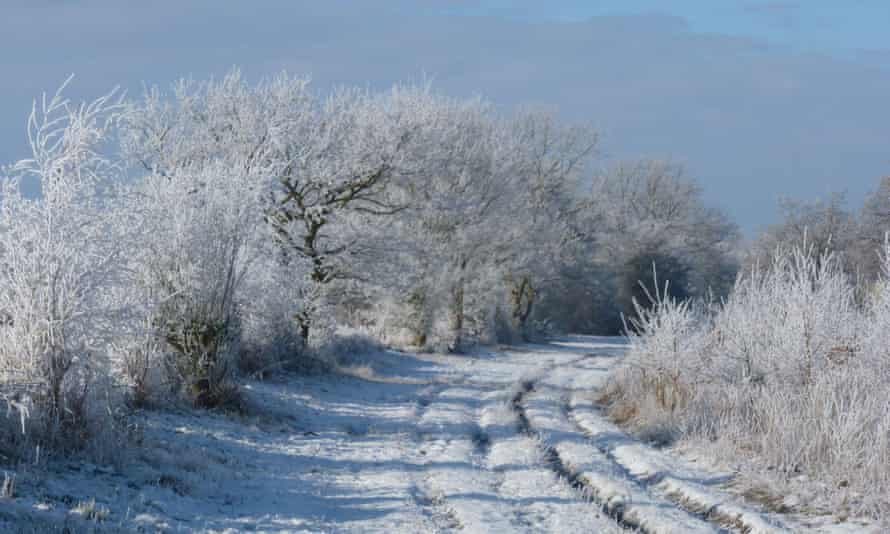
Whatever direction snowstorms come from, they often seem to peter out before reaching Cambridgeshire. I savour the rare occurrence of a significant dollop of snow. A few years ago, I was able to enjoy the aftermath of one such occasion when running along an ancient track known as the Mare Way. This follows a ridge above the villages of Little and Great Eversden. The extensive views towards Cambridge on one side and Bedfordshire and Hertfordshire on the other were accentuated by hoar frost-encrusted trees and waves of white fields. Mesmeric. Still waiting for that magic combo to happen again!
Sharon Pinner
Profile
Readers’ tips: send a tip for a chance to win a £200 voucher for a Sawdays stay
Guardian Travel readers’ tips
Every week we ask our readers for recommendations from their travels. A selection of tips will be featured online and may appear in print. To enter the latest competition visit the readers’ tips homepage
–
Windswept winter joy, County Down
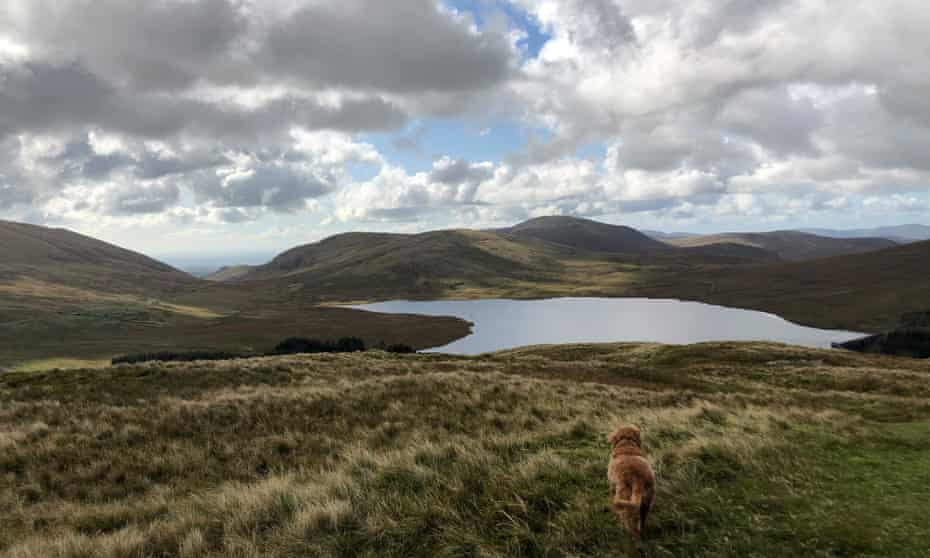
The Mourne Mountains are a windswept winter joy. The less-travelled trails, like Spelga dam to Fofanny dam take you through bracken and heather-brown moorland grazed by sheep, through mountain streams and up on to the broad-rolling hilltops, from which you can see Belfast and the sparkle of Lough Neagh to the north, the Cooley peninsula to the south, and across the Irish Sea glimpses of the Isle of Man. The air is crystal-cold and the solitude (tell someone where you are going and estimated return time) as profoundly peaceful as the views are exhilarating.
Clare Archbold
Romantic ruin, Dumfries
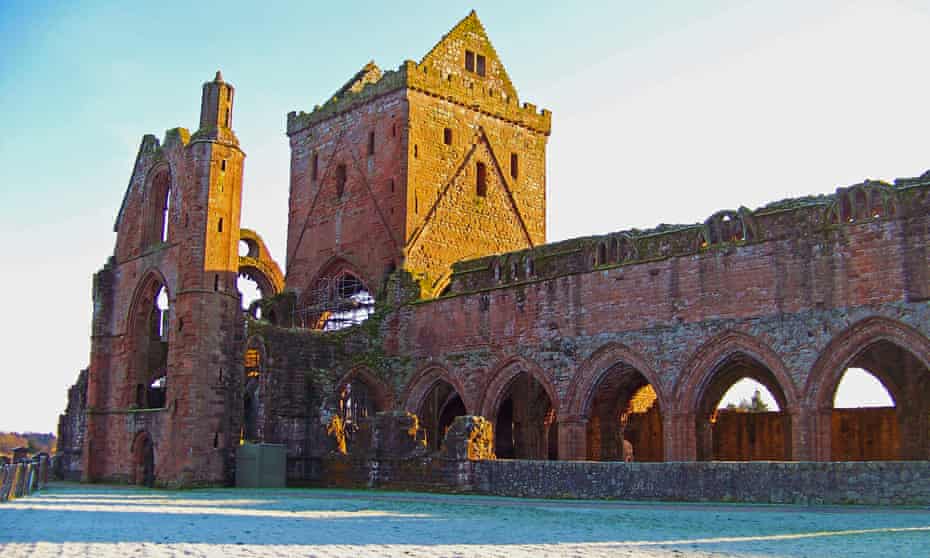
It was a cool, crisp, bright winter’s morning at Sweetheart Abbey, south of Dumfries, with clear blue skies and frost on the grass and on a fallen log. The frost highlighted the exposed, weathered rings and bark of the log, rendering it almost jewel-like. The sunlight was golden and streaming through the abbey ruins, lighting it gloriously. It was picture-postcard beautiful and we were the only people there. (The site is currently closed because of Covid.)
Phil Nash
Winter expedition, Yorkshire Dales
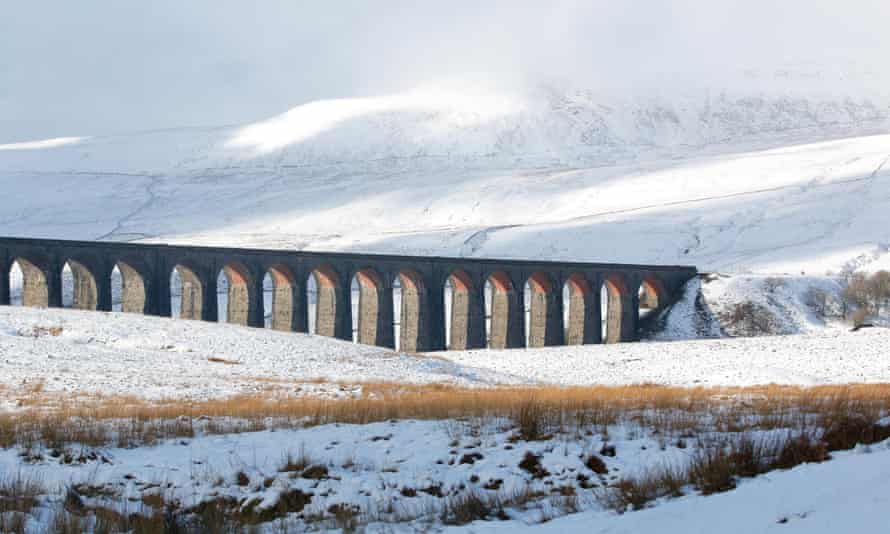
We tackled the tallest of the Yorkshire Three Peaks on the winter solstice, on a day when snow clouds hung heavy, creating a permanent gloaming light. The impressive Ribblehead Viaduct runs alongside the cascading River Ribble before the steep climb up imposing Whernside. A blizzard started as we reached the summit, and we hunkered down behind the trig point to warm up with a flask of tea. Braving the elements once more, the snow was knee-high, but the fast descent beneath the clouds revealed the path and panoramic views over the Dales. The viaduct always a welcome navigational landmark to guide us back to the start of this circular walk.
• NB: This should only be attempted by experienced winter walkers.
Vanessa Wright
Up the peaks and back to the bar, Cumbria
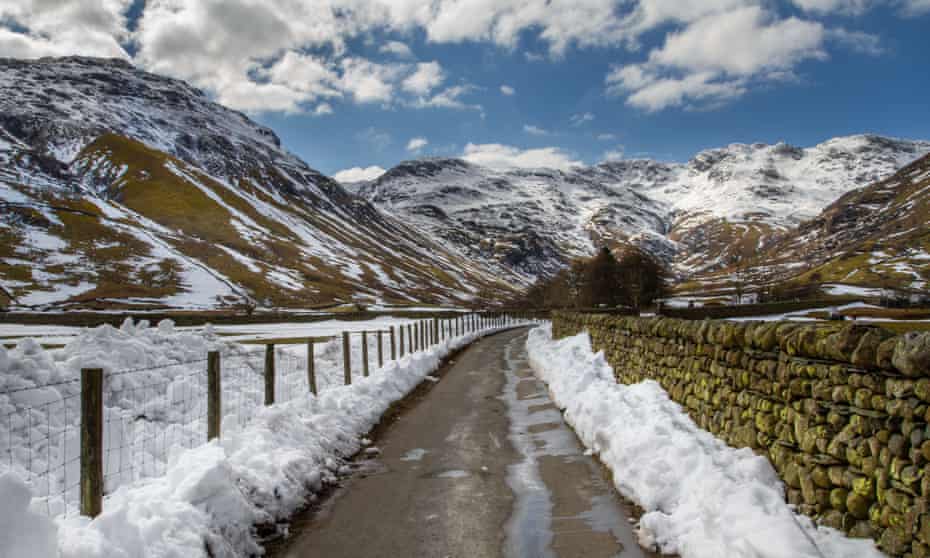
From the Old Dungeon Ghyll hotel at the end of the Langdale valley you can see a bowl of Lakeland hills. To your left is Pike of Bliscoe. Dead ahead is Bowfell, stretching before you. Between them are the jagged teeth of Crinkle Crags. In winter the hills are often snow-topped and the sky will appear pink or blue or the slate-grey of Wainwright’s sketches. A combination of any two peaks can be done – by experienced walkers – in six hours. On return, eat and drink at the hotel bar, sitting by the black fire range if possible.
Simon Laing
High, bleak and handsome, North Pennines
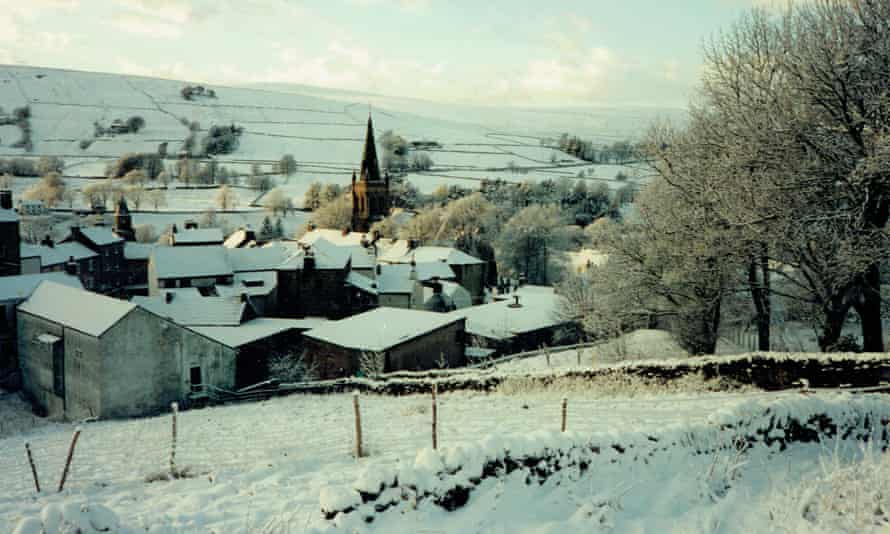
This is one of the loneliest and most tranquil corners of England. It’s all the more alluring when snow enhances the gaunt remains of old lead-mining structures and underlines the incredibly austere conditions that used to be faced by the workers up here in winter. The headgear of Grove Rake mine in the otherwise empty Rookhope Burn valley, Durham, is particularly striking. Previously a location for Oliver Twist and Jane Eyre adaptations, Alston, the regional capital, which is 17 miles to the west of Rookhope, in Cumbria, shares with Buxton, Derbyshire, a claim to being the highest market town in England, and nearby is the highest classified road. Finish a wander at the town’s chippy, the High Plaice.
Paul Kirkwood
Wildfowl and skating, Cambridgeshire
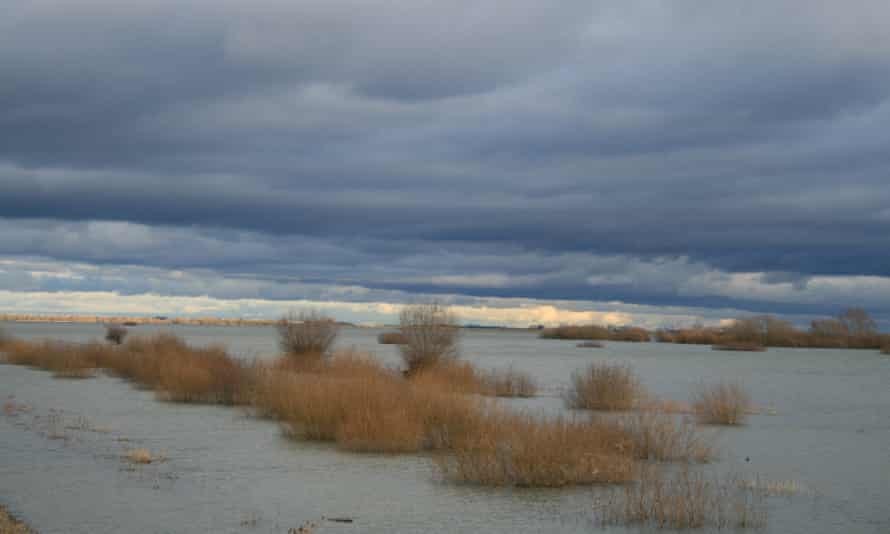
Brace yourself for big skies, weather watching and wildfowl at the Ouse Washes. This spectacular bleak and watery world stretches from Cambridgeshire to Norfolk. The mile-wide strip of grassland between the Old Bedford and New Bedford rivers holds shallow flood water, creating perfect conditions for thousands of wildfowl. A big freeze brings recreational ice-skating and championships. Have a go, hands-behind-your-back style. Stay until sunset when the swans go to roost. Find the RSPB at one end, the Wildfowl and Wetlands Trust at the other. During long freezing snaps there can be skating at Earith and Bluntisham at Bury Fen every few years.
Jo Sinclair
Cortina dreams, Italy
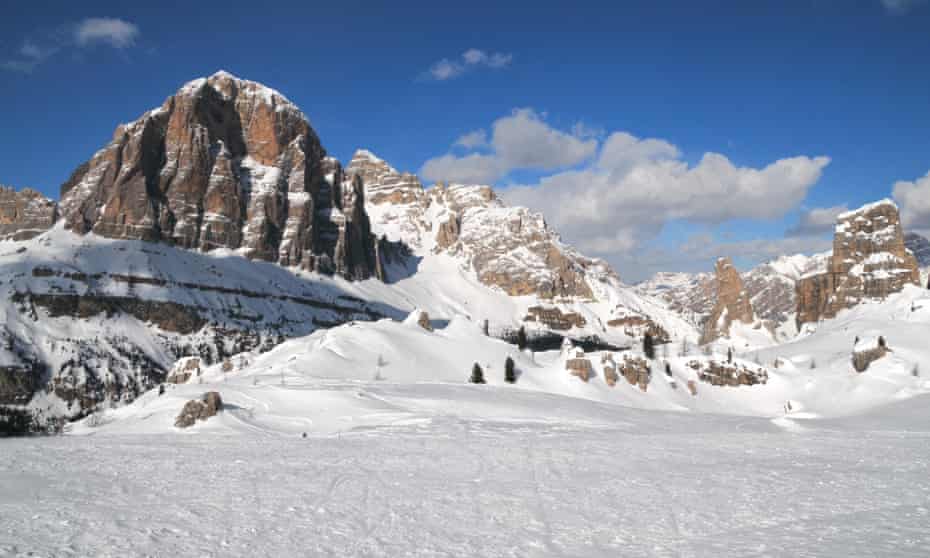
The jagged peaks of the Dolomites are best viewed from an outdoor cafe in the village square of Cortina D’Ampezzo in Italy, while warming yourself with a hot chocolate on a winter afternoon as the sun sets over the spectacular, snowy mountain tops. These bold, brash mountains are young geologically speaking, hence their stunning shape and texture. Catch them against a cloudless blue sky on sharp, crisp December day at dusk as stars start to twinkle brightly: it’s almost as if they are enticing you closer to a taste of paradise in a stunning celestial setting.
Nigel Cox
Wonderland behind the window, Sweden

We flew into Stockholm’s Skavsta airport under grey skies, and I opened my book as the bus started the long drive towards the city. Before we’d even driven five minutes south towards Nyköping, I was transfixed by the view outside; thick fir trees lined country roads, and the white sun, low in the sky, made icicles glint in the frosty afternoon. Every bend along the E4 motorway came with new delight; vast swathes of snow-covered dense forest, open expanses of frozen lakes, and glimpses of Scandinavian architecture that made up the beginning of the city. For the entire journey, my book remained closed.
Jemima Childs




